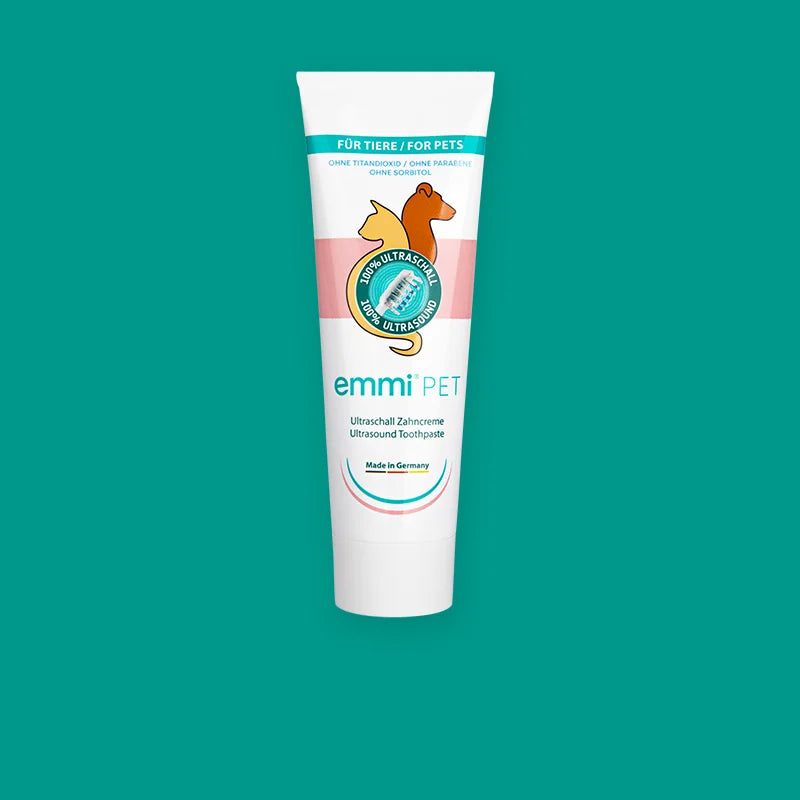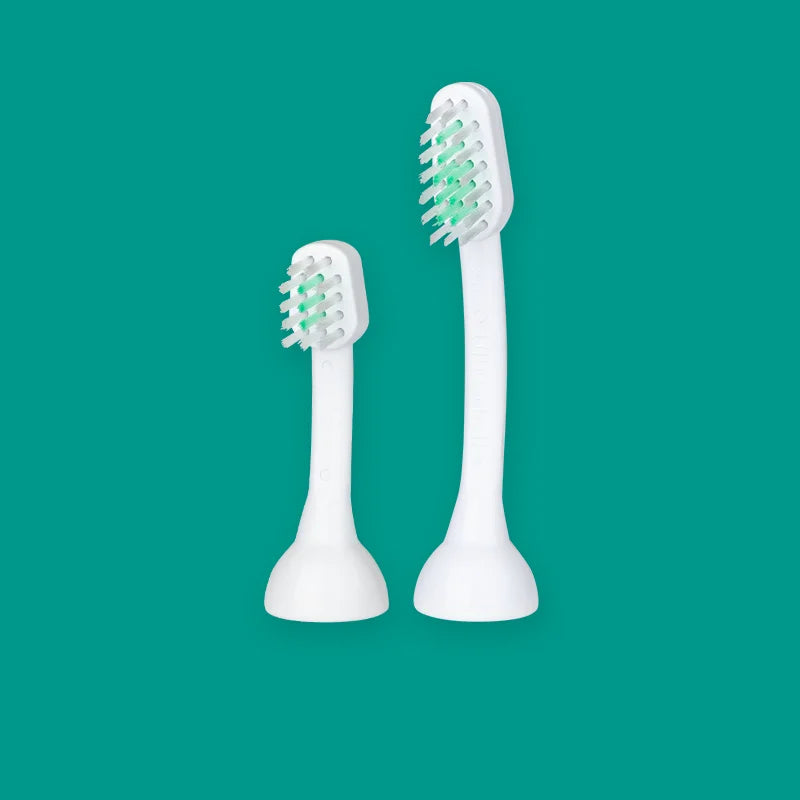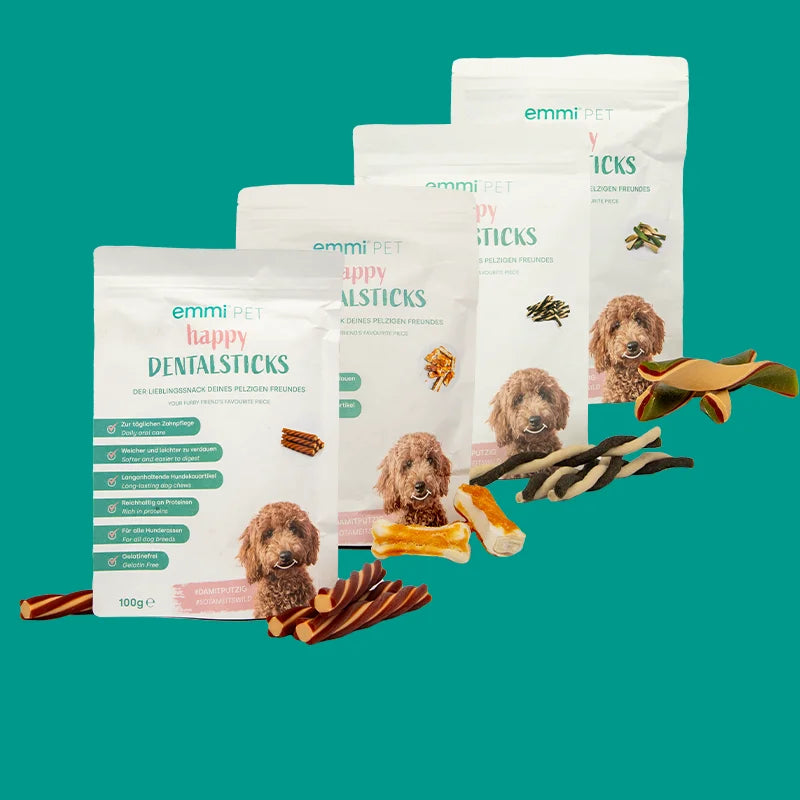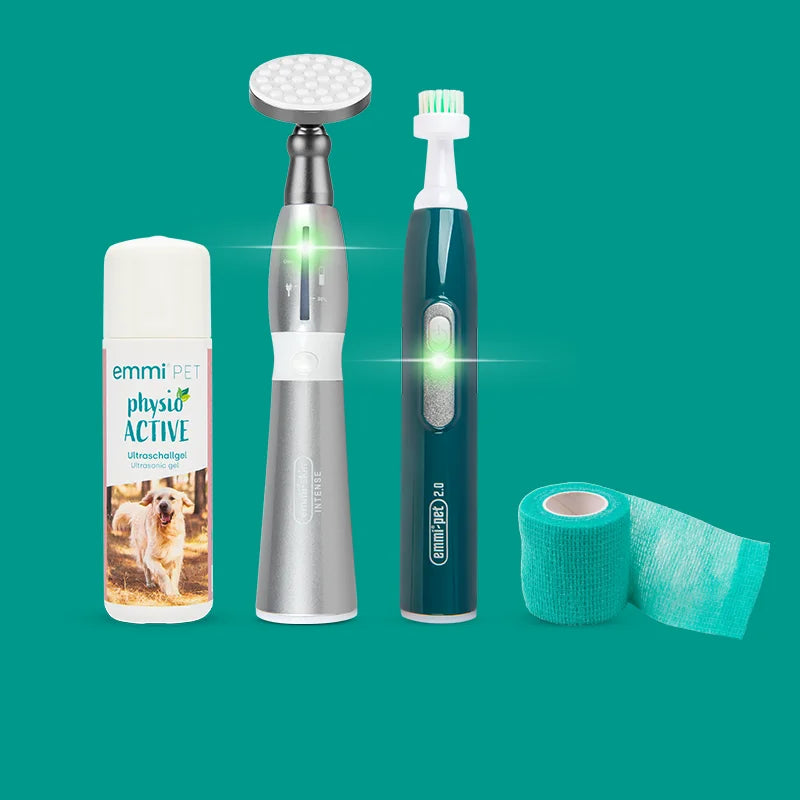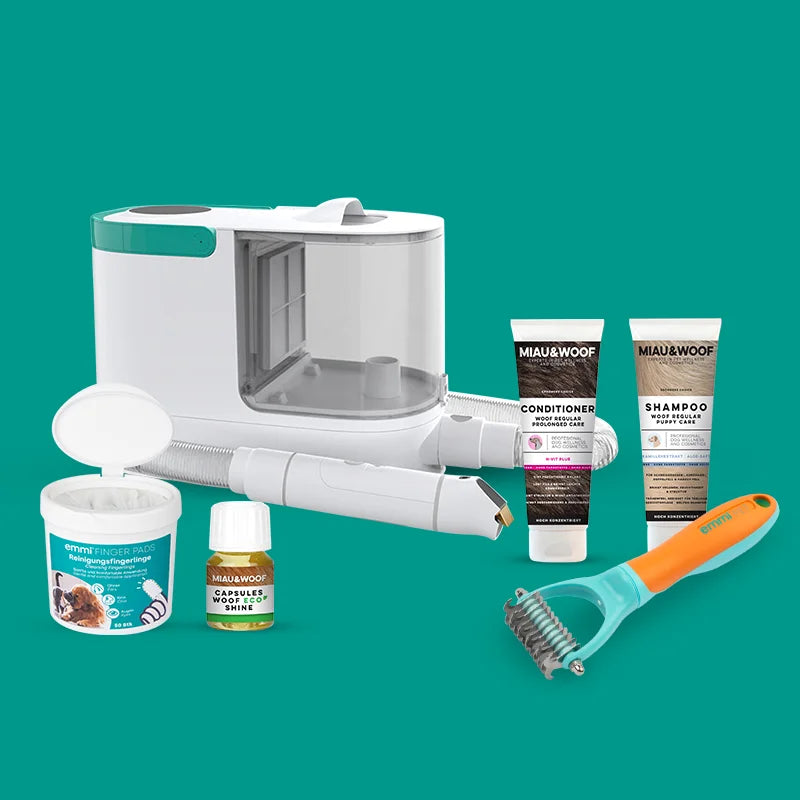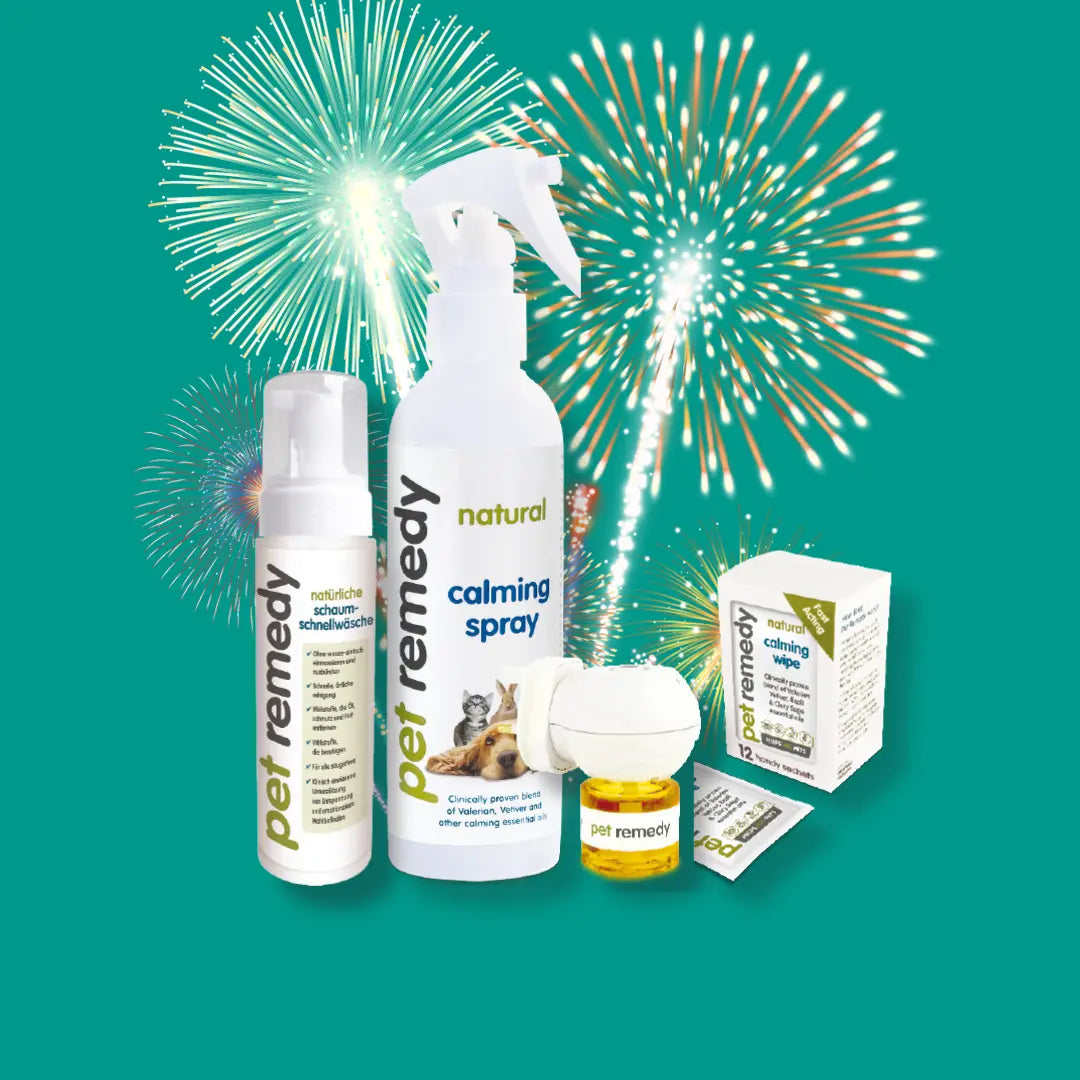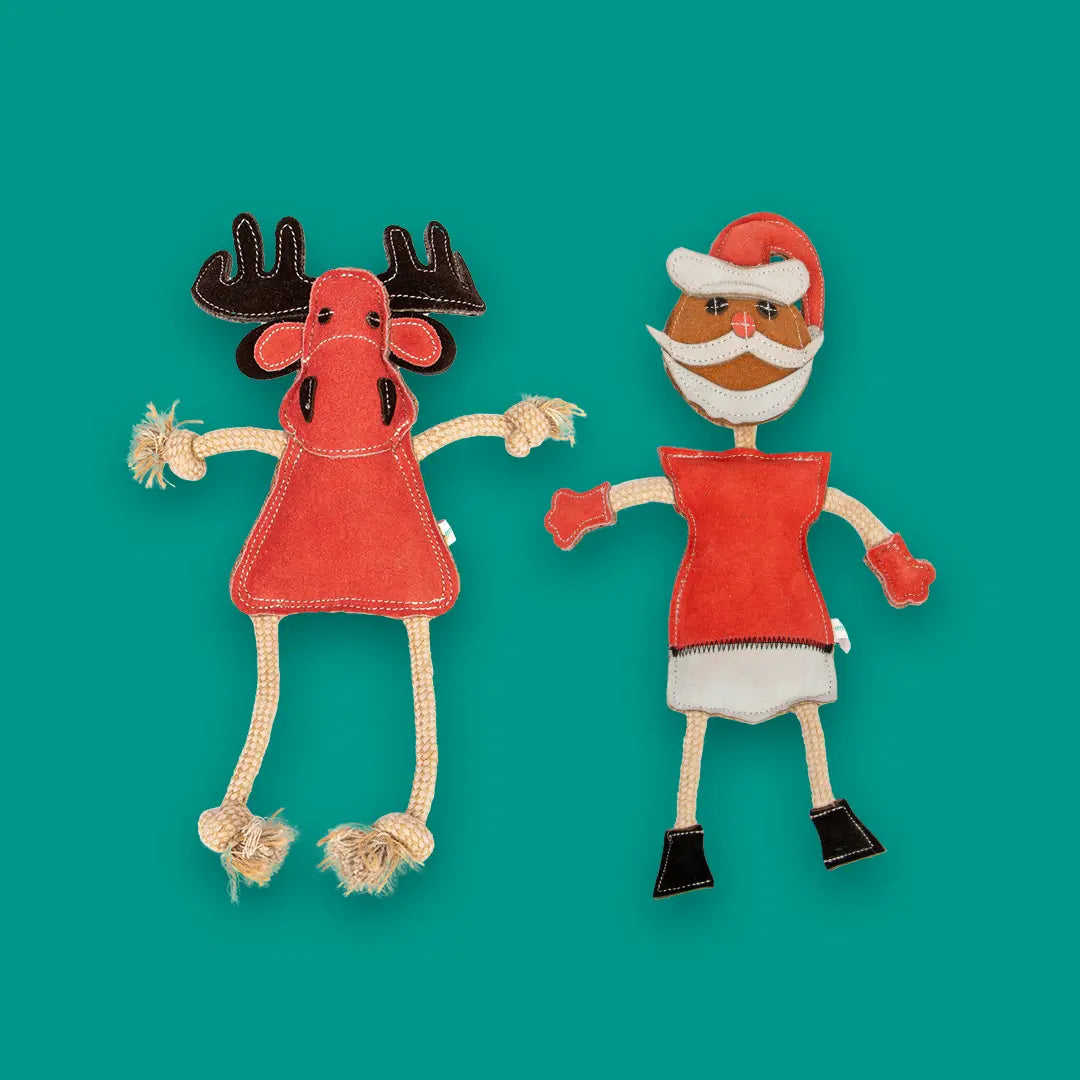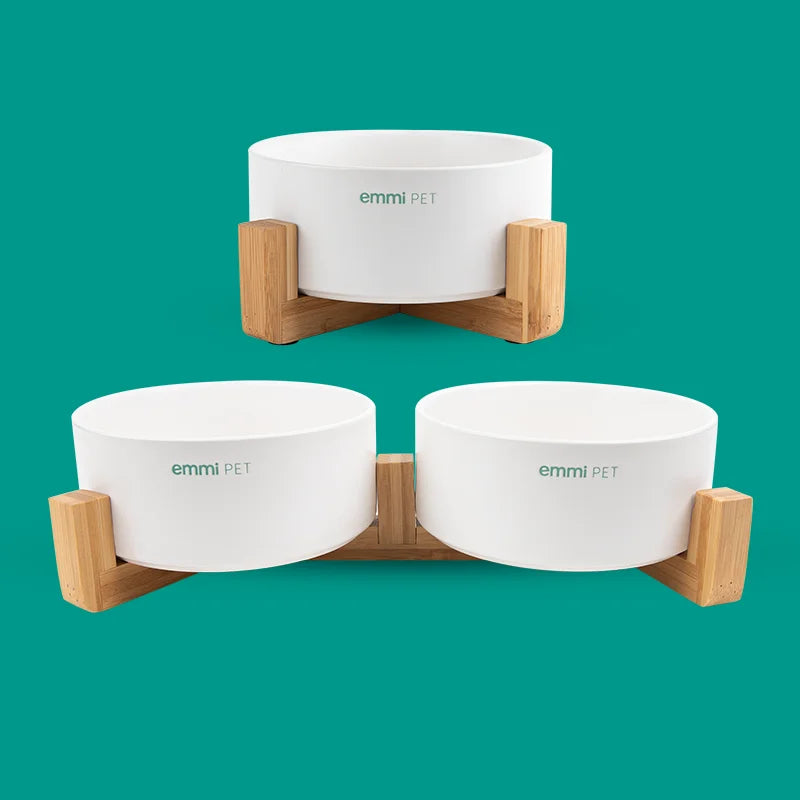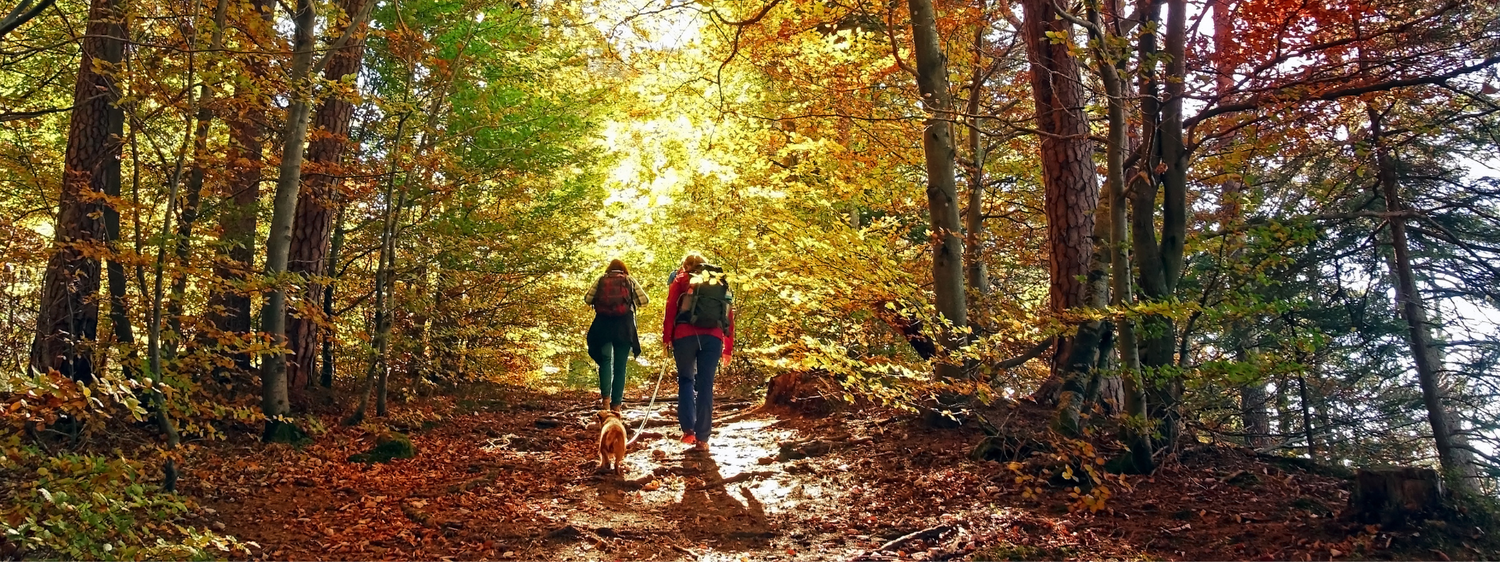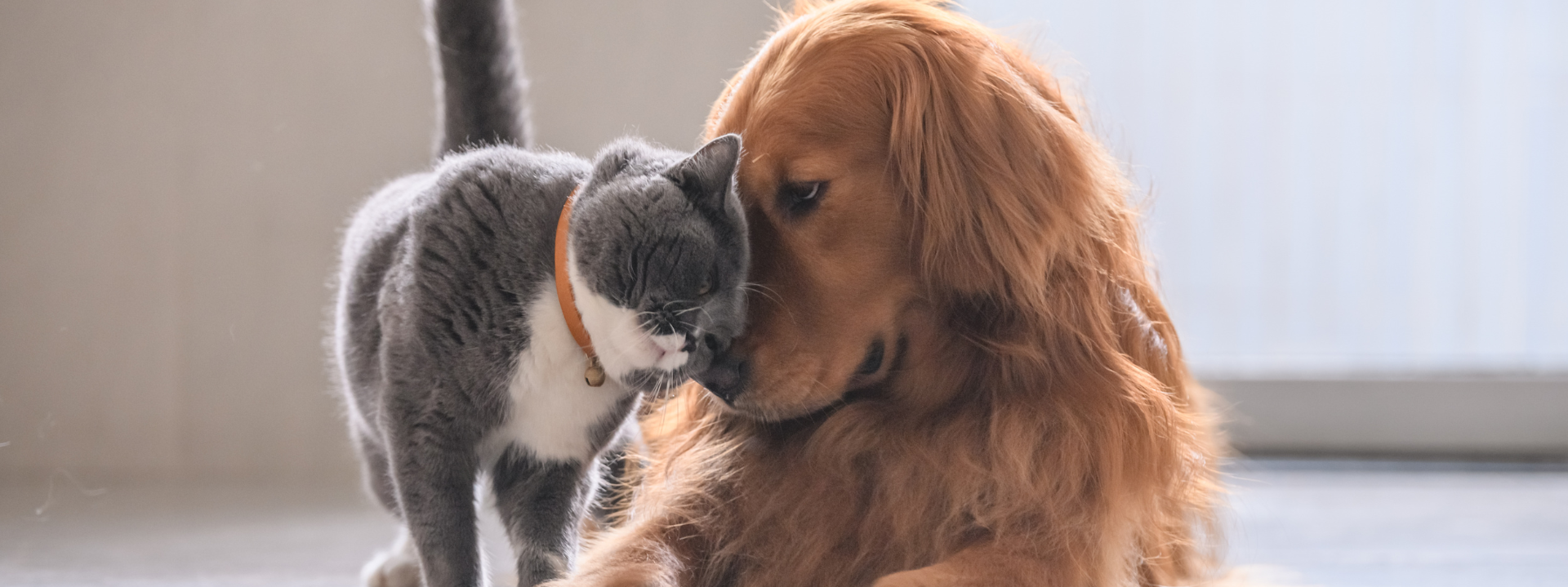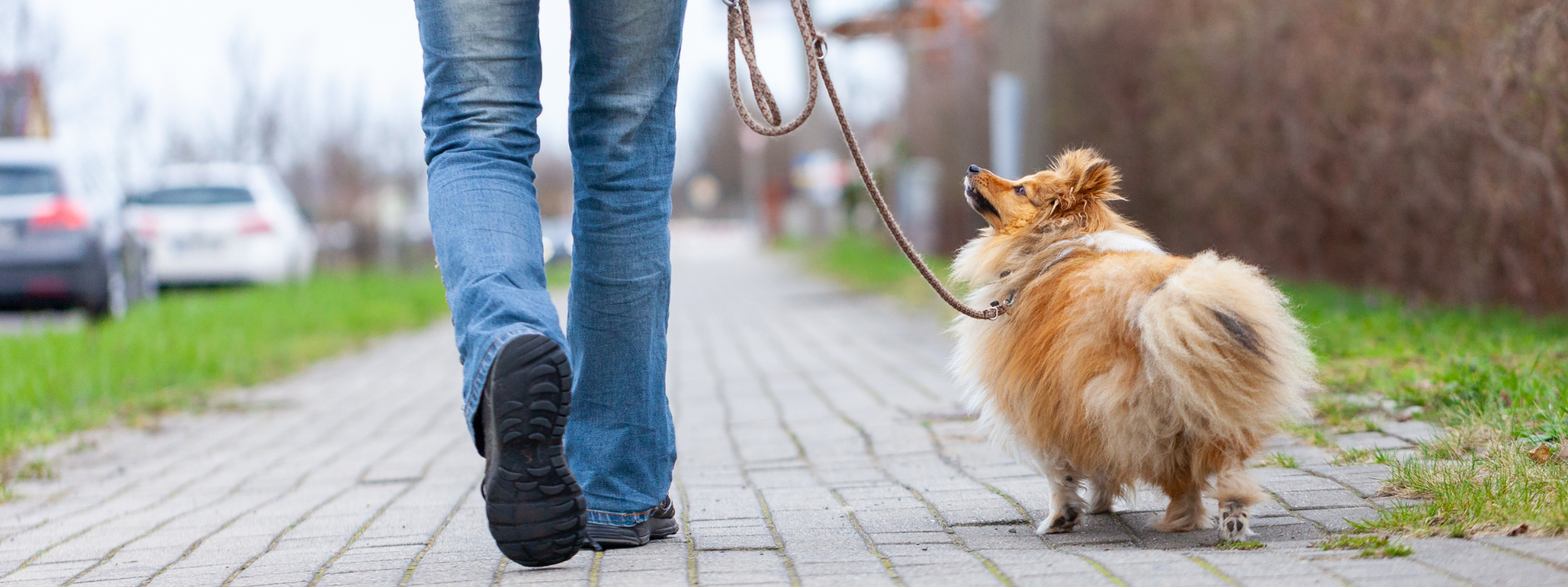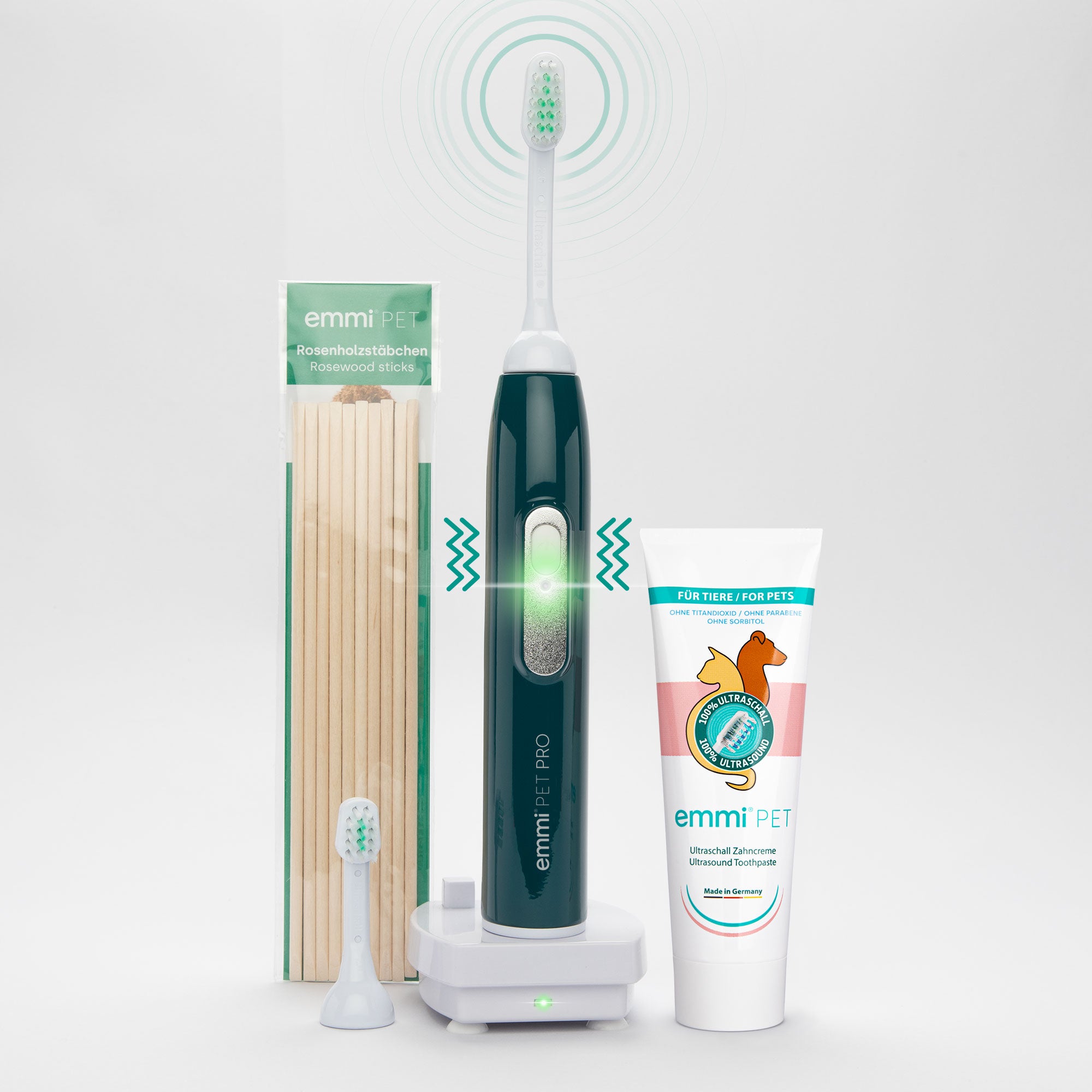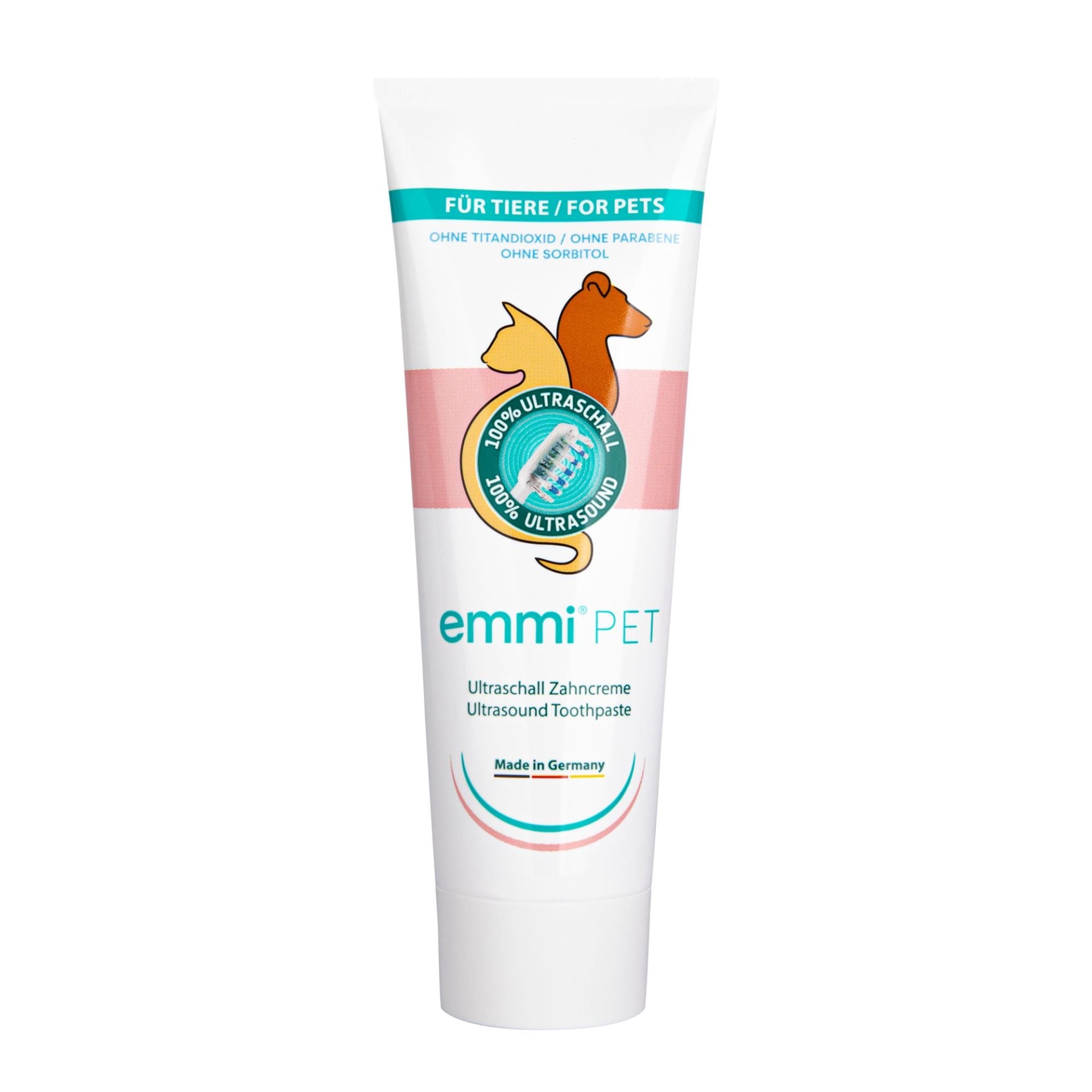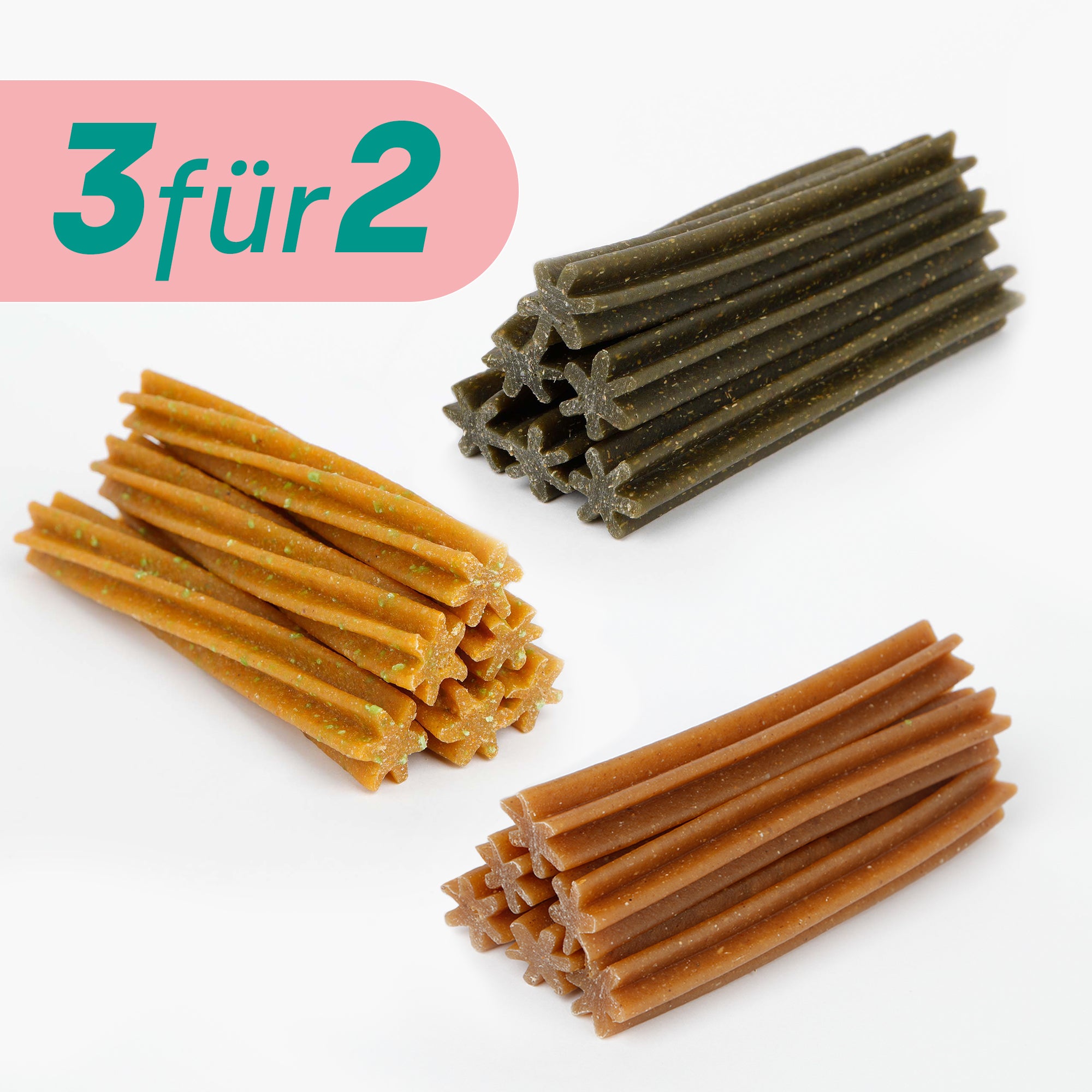Spring is here – nature is awakening, and with it, gardens, meadows, and parks are blooming in the most beautiful colors. The warm rays of sunshine lure not only us humans outdoors, but also our four-legged companions. But while we enjoy tulips, hyacinths, daffodils, and crocuses, invisible dangers lurk for dogs and cats. Many of these beloved spring flowers are highly poisonous – and often just a curious bite or rolling around in a freshly planted meadow is enough to cause serious health problems.
Especially in spring, pets are especially eager to explore. Whether on a walk in the park or on their own balcony, cats and dogs sniff, nibble, or play with plants, unaware that some of them are poisonous to them. Particularly problematic: Many plants contain toxins not only in their leaves and flowers, but also in their bulbs, so even digging in the flowerbed can be dangerous.
In this article you will learn:
- Which popular spring flowers are dangerous for pets
- What poisoning symptoms you should know
- How to make your garden animal-friendly without sacrificing a thriving environment
- Which safe alternatives you can plant without hesitation
Don't worry, because just a little mindfulness and attention is enough to protect your dog or cat from unnecessary risks – and enjoy spring together without worry.
Why are some spring plants dangerous for pets?
Spring brings with it a colorful display of blossoms that not only delights us humans but also attracts curious dogs and cats. But be careful: As already mentioned, many of these plants contain natural toxins that are harmless to us but can cause serious health problems in pets. Young animals or playful four-legged friends who like to explore their environment with their mouths are particularly at risk.
An underestimated danger: Not only is chewing or eating leaves and flowers problematic – flower bulbs, plant water or fallen flower remains can also contain toxic substances.
Many of the popular spring flowers contain natural defense substances designed to protect them from predators. Unfortunately, these substances affect not only insects and wildlife, but also our pets. Among the particularly problematic substances are:
- Alkaloids – affect the nervous system and can cause tremors, convulsions or shortness of breath .
- Saponins – irritate the mucous membranes and cause vomiting, diarrhea or excessive salivation .
- Cardiac glycosides – attack the heart muscle and can cause cardiac arrhythmias, circulatory problems, or in the worst case, life-threatening conditions .
What's particularly insidious is that the highest concentrations of these toxins are often found in the bulbs of plants. A dog that digs and nibbles on a daffodil, hyacinth, or tulip bulb can poison itself within a short time.
Many pet owners think that a vase of fresh flowers in the house is safe – but even the water in the vase can contain toxic substances . Daffodils and hyacinths, in particular, release toxic substances into the water through their stems. Just a few sips can cause stomach upset, diarrhea, or even neurological symptoms in cats or dogs.
Mindfulness is especially important during the transition period, when dogs and cats are increasingly outside again.
- Be careful when digging: Dogs love to dig in flowerbeds – but tulip, daffodil, or crocus bulbs can be life-threatening.
- Avoid wild plants: Poisonous early bloomers such as autumn crocus or lily of the valley can grow in parks and meadows.
- Dispose of flower remains on balconies and terraces: Wilted leaves or fallen blossoms can still contain toxins.
To ensure your four-legged friend stays healthy, you should pay particular attention to what they eat or explore with their nose, especially during the spring months. Regular dental checks and oral hygiene are an important part of preventative care —because frequent chewing on unsuitable plants can cause not only poisoning but also dental problems.
With our emmi-pet ultrasonic toothbrush, you can also ensure that your dog or cat's mouth remains free of harmful bacteria. Gentle mouth and teeth cleaning, especially after walks, can help minimize health risks.
These spring flowers are dangerous for dogs and cats
1. Tulips – Beautiful, but poisonous!
- Toxic substances: alkaloids and tuliposides
- Symptoms: Vomiting, drooling, stomach cramps, tremors
Danger: Onions are especially dangerous! Even small amounts can cause severe gastrointestinal irritation.
2. Daffodils (Daffodils) – Poisonous from stem to bulb
- Toxic substances: Lycorine
- Symptoms: Severe vomiting, diarrhea, tremors, cardiac arrhythmia
Important: Even the flower water from daffodils in the vase can contain toxins!
3. Lily of the Valley – One of the most dangerous plants for pets
- Toxic substances: Glycosides that affect the heart
- Symptoms: palpitations, coordination disorders, severe poisoning
Did you know? Just two leaves can be fatal for small dogs or cats.
4. Hyacinths – The colorful early bloomers with potential danger
- Toxic substances: saponins
- Symptoms: irritation of the mucous membranes, vomiting, diarrhea, salivation
Caution: Dogs especially like to nibble on hyacinth bulbs – a real danger!
5. Crocuses – harmless or highly poisonous?
- Spring crocus: Mildly toxic (may cause stomach upset)
- Autumn crocus: Extremely poisonous! Causes severe poisoning with vomiting, bloody diarrhea, and cramps.
Be careful, there's a risk of confusion! The autumn crocus looks similar, but is extremely dangerous.
6. Rhododendrons & Azaleas – Colorful beauty with deadly effects
- Toxic substances: grayanotoxins
- Symptoms: Excessive salivation, vomiting, coordination problems, cramps
Dangerous for all pets – including horses.
Signs of poisoning: When you need to act
How do you know if your pet has eaten a poisonous plant? Typical symptoms include:
- Severe vomiting or diarrhea
- Apathy, tremors or restlessness
- Increased salivation or foaming at the mouth
- Shortness of breath or rapid heartbeat
- Coordination problems or cramps
If you notice these signs, you need to act immediately! If you suspect your pet has eaten a poisonous plant, contact your veterinarian immediately.
Animal-friendly alternatives for garden & balcony
If you don't want to miss out on spring in your garden, then fortunately there are many safe and non-toxic plants that you can use to make your garden or home safe for pets .
These plants are non-toxic:
- Marigolds – Bright and cheerful and completely harmless
- Lavender – Calming for humans and animals
- Roses – The classic without toxins
- Daisies – Sweet, small and harmless
- Violets – A colorful, safe alternative
Tip: Catnip is also a great option – it's safe for cats and provides lots of joy!
To ensure your garden remains a safe haven for your pet , you can follow a few simple rules:
- Avoid poisonous plants or place them out of reach
- Bury bulbs deeply or cover them
- Regularly check your garden and balcony for fallen leaves or flowers
- Dispose of plant water from vases – it can contain toxins!
Blooming spring without risk for your pet
Spring is a beautiful season—but not every flower is a friend to your furry friend . With the right plant selection, regular checks, and a conscious eye for potential hazards , you can provide your pet with a safe environment .
Make sure you plant the right plants, protect your garden from poisonous flowers, and always have your vet's number handy in case of an emergency. This way, you can enjoy spring with your four-legged friend without worry.

